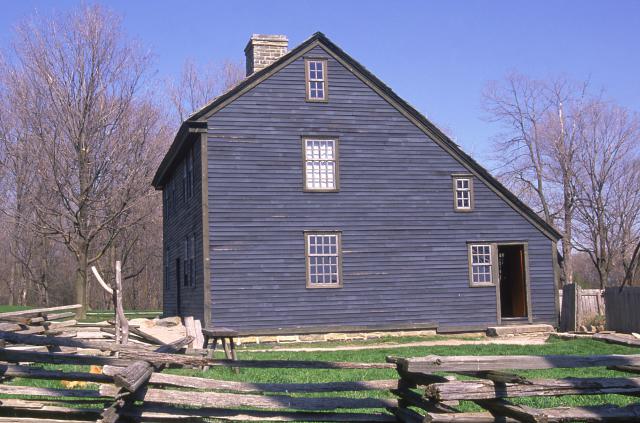Which Home Style Are You? Learn New England's Historic Architecture
One of the most charming parts about living in New England is the historic, colonial-style architecture. A quick drive around most towns in Massachusetts, Connecticut, Vermont, or any of the other New England states will turn up a tour of some of our country's most iconic and well-loved architecture styles. As a design firm in the Boston area, it's crucial for us to intimately know the various design elements and characteristics that make up each of the popular historic architecture styles in the area. Many of our clients want to preserve the charm of their colonial homes, even when completely a modern renovation or addition. However, it's equally important for homeowners to understand what type of home they're living in, what exactly draws them to that style, and details that define it. Unsure whether you're living in a Federal style home or a Greek Revival? Below are some of the most popular examples of New England's historic architecture to help you pin down the style of your space.
First Period Colonial. This style is among the earliest styles adopted in New England. The homes were built by colonists, and were by design, simple and functional. One of the most telling characteristics of a First-Period Colonial home is the steeply pitched roof, which was designed to prevent the accumulation of snow.
Georgian. If your home was built in the late 1700s or early 1800s, there's a good chance it's a Georgian. These homes are characterized by a symmetrical appearance, a centered front door and center-hall interior, double chimneys, a gabled roof, and double-hung sash windows. While Georgian architecture is typically thought of as more ornate, in New England, most original Georgian homes are fairly simple with little exterior ornamentation.
Federal. Federal style came a bit later, experiencing a heyday in the early to mid 1800s. Only subtle differences differentiate it from Georgian style. Among them: the addition of decorative arches and sidelights surrounding entry doors, open foyer interiors and sweeping center staircases, Palladian windows, and a variety of roof styles including flat and Gambrel.
Greek Revival: Popular around the same time at Federal style architecture, Greek Revival homes are a bit of a departure from previous designs. For one, the orientation of the home is "sideways," with the entry on the gable-end of the home. Many Greek-Revival styles also stepped away from the symmetrical entryway, with doors often appearing to one side. Porches were especially common with Greek-Revival homes, and were often supported with Greek style columns.







